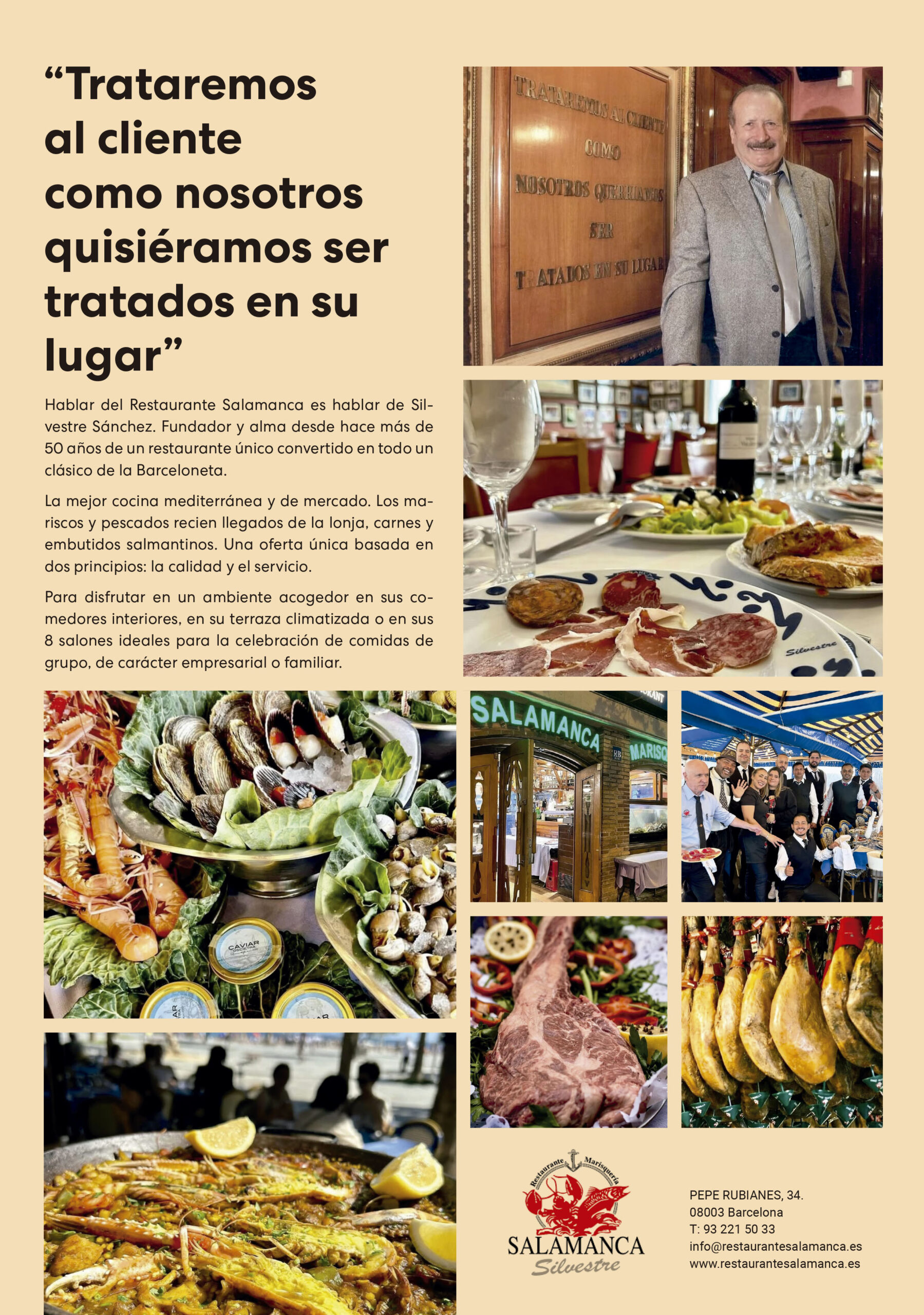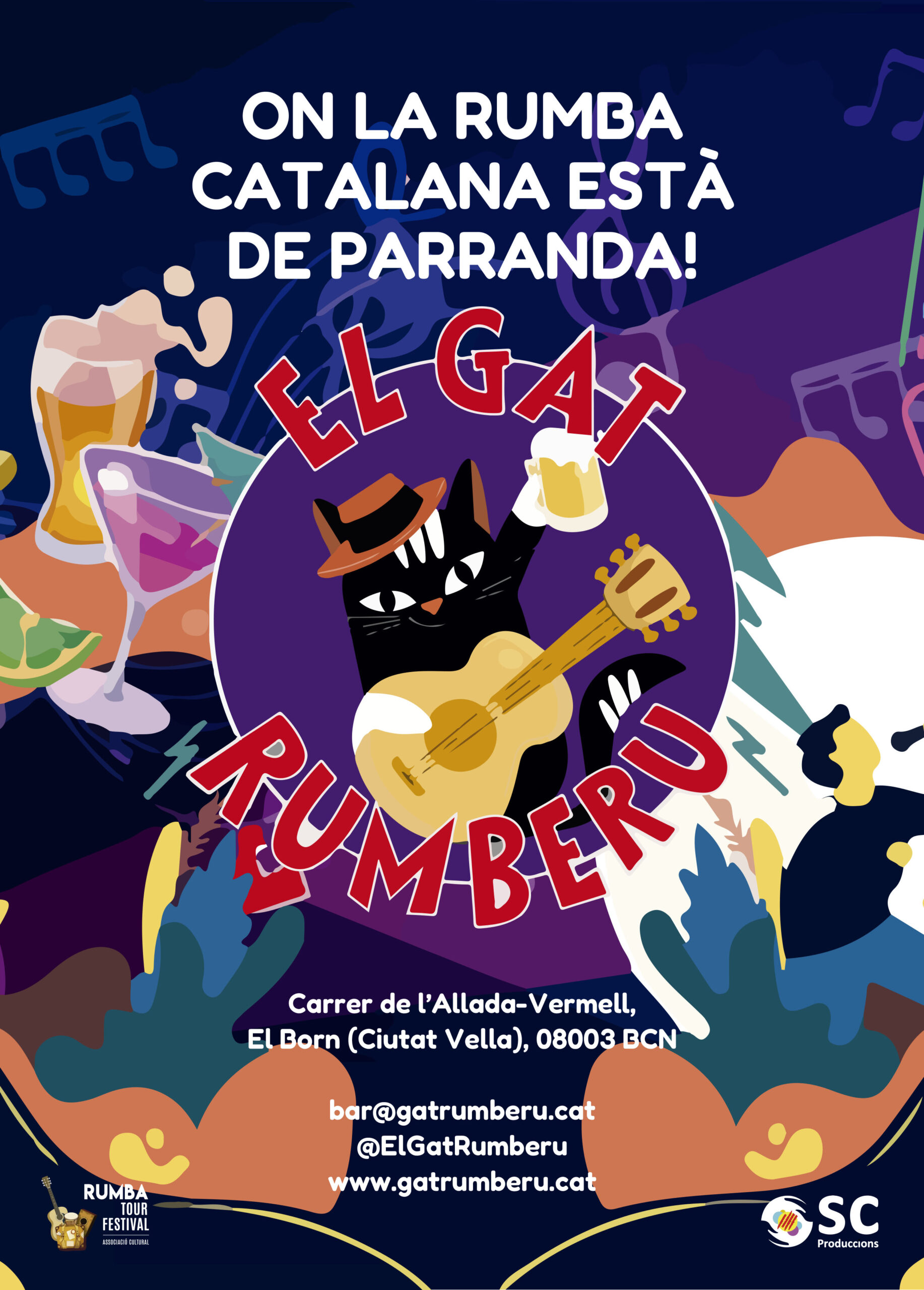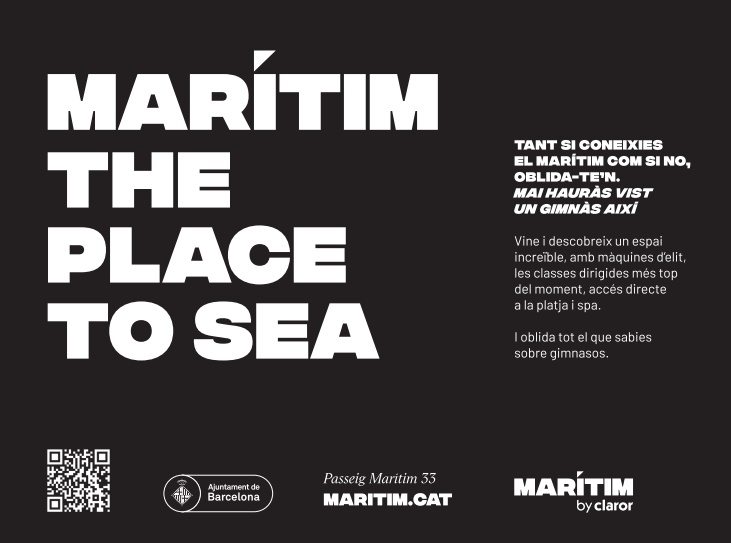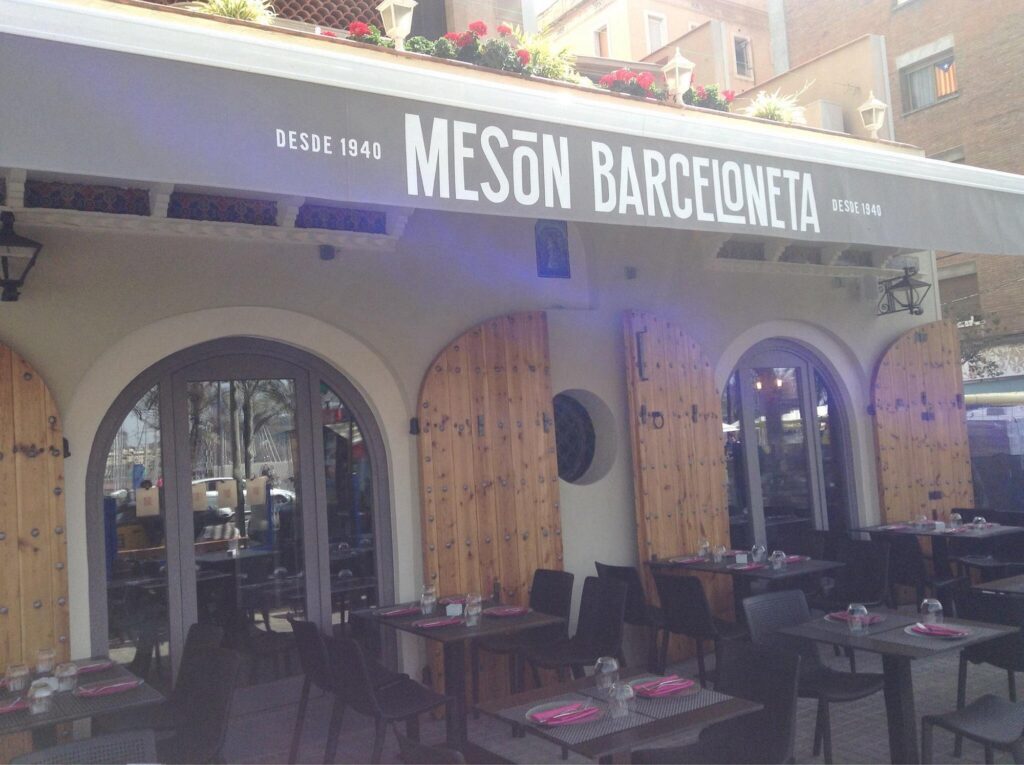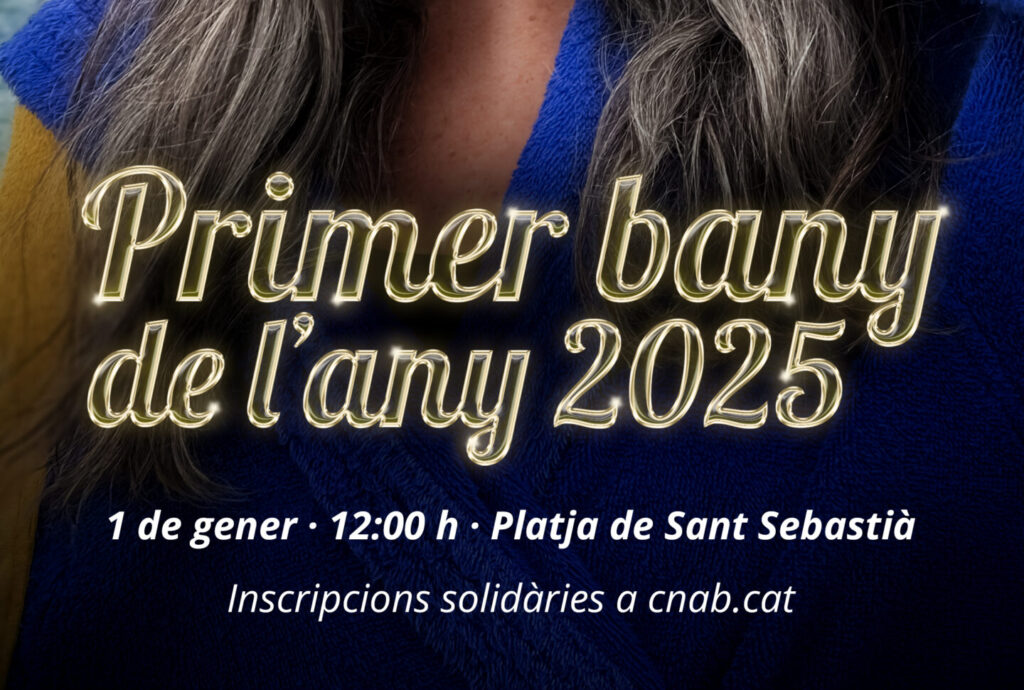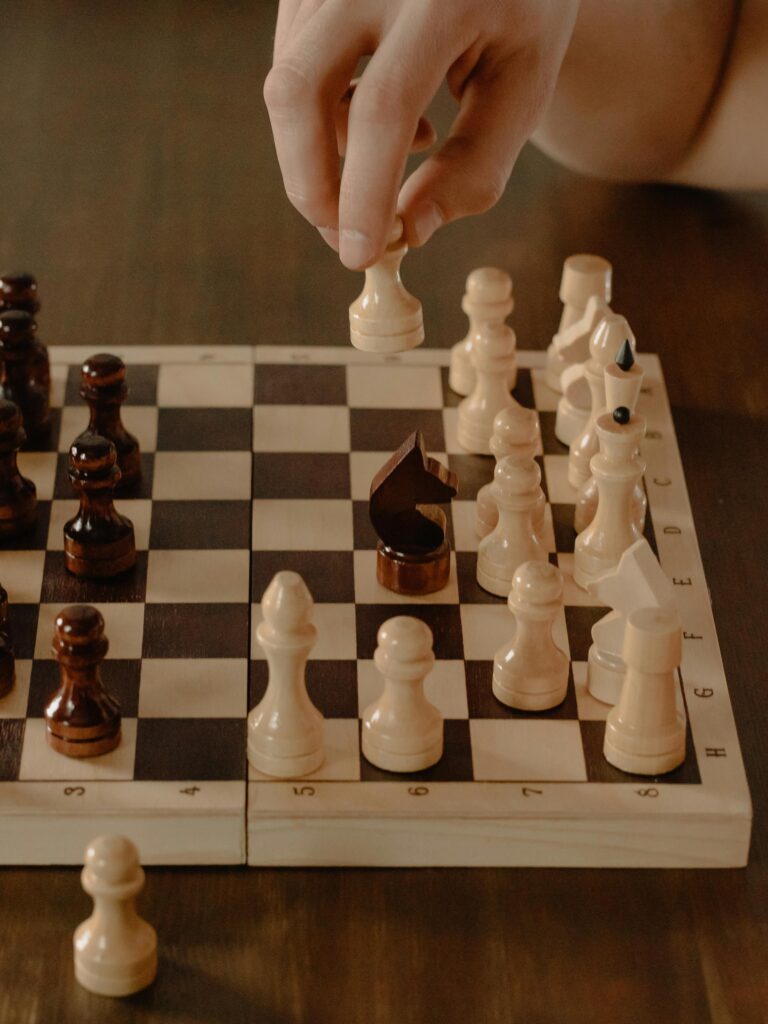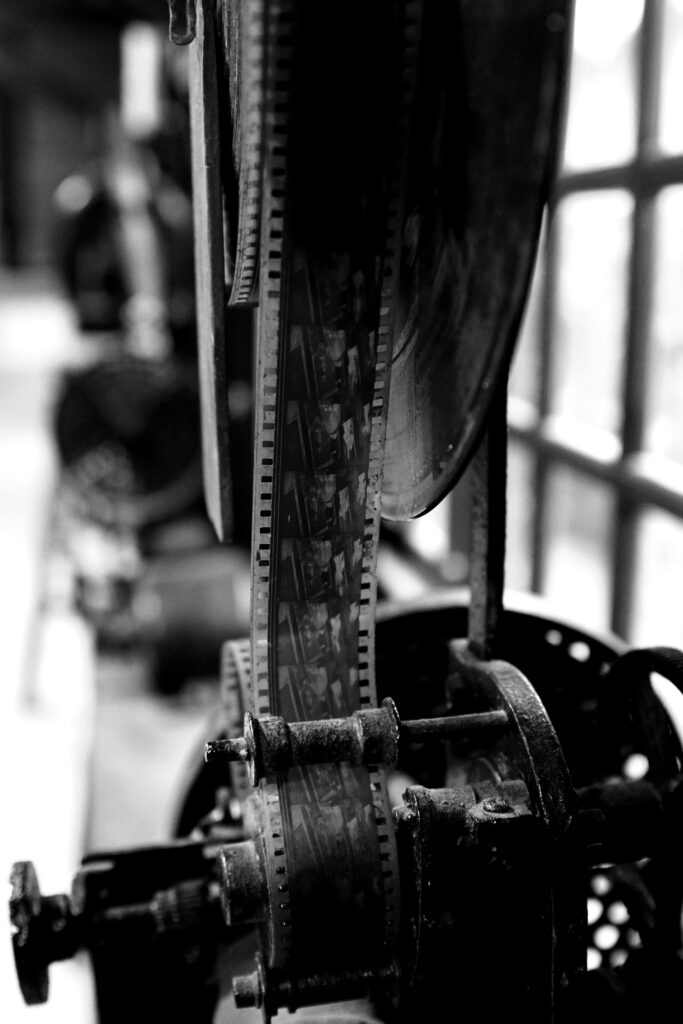The first way in which the residents of Barceloneta obtained their water supply was through the construction of wells. But these were always a health problem because the water came from the subsoil and from the rain. Often there were leaks with the dead wells nearby and the rainwater was almost always contaminated with the faeces of the animals used in the daily work.
From the wells to the public fountains
Thus, the public fountains were the most common supply. But it soon became clear that more fountains had to be requested, because one or two in Barceloneta were not enough to cover the entire population, who had to go outside to fetch water, with the natural inconvenience that this caused.
The first public well of which we have evidence is the Sant Elm Well, located next to the Portal de Mar, where Paseo Nacional (for those outside Paseo Juan de Borbón) and Doctor Aiguader now intersect. Among the sailors there was a belief that its water was blessed, and for this reason they watered their boats with his water on the day of the saint’s ephemeris. But as early as 1820, Guitert de Cubas tells us that there was a fountain with three taps on the site. Little by little, the wells gave way to public fountains as the only local water supply.
The first fountain we know of is the one located in the Plaza de la Fuente or Plaza de los Boteros, where the market is now located. This fountain supplied water, not only to the neighbours, but also to the shops and artisans in the area. It is precisely because of this fountain that we find in the AHCB a complaint addressed to the City Council on 28th August 1790, by the neighbour Pablo Casademun, a master of calafado, inhabitant of his own house in Barceloneta, located in the Plaça de la Font, known as Plaça dels Boters, nowadays as ‘la Repla’, because of the gushing water from the fountain that enters his house: ‘‘with the due respect exposes, in order to avoid the rain water that enters inside the houses, it is necessary to construct a drainage pipe leading to the drainage pipe that is found in the waste water disposal of the water from the Fountain Square and how this should be subject to your permission. ’
The Town Council will reply that it grants him the permission to make the sewerage to find the scrapping of the fountain of the Plaça de la Font and will add that not only to him, but also to all the neighbours who would be affected. He will also inform him that the cost will be at his expense. In short… there are some things that do not change with time.
Suffering one insufficient supply
The neighbourhood’s demands for more fountains were not heard until the end of 1829, and by the end of the year 1829, the locals were still supplied with water from the piles on the side of the sea gate. In 1826, commissioned by the Junta de Obras del Puerto, the construction of an ornamental fountain dedicated to the god Neptune was completed and placed in the old Muelle de la Riba. This new fountain was to replace the Sant Elm fountain.
It was a wall fountain built by the master builder Adrià Ferran, tiled with decorations of seafaring scenes and on a pedestal in the middle, there was a statue of the god Neptune. Its main function was to supply water to the boats and later to the residents of the neighbourhood. In 1919, as a result of the port reforms, Neptune’s fountain was dismantled with the promise that when a suitable location was found it would return to Barceloneta, but it never came back and underwent a series of pilgrimages to different parts of the city, ending up, nowadays, in Plaça de la Mercè. It would be nice if at some point, at last, this location could be found for the fountain of Neptune in the neighbourhood
Up to 26 pumps
The first fountains supplied with water from Montcada began to spring up in December 1830. Subsequently, more fine fountains were installed, and by 1930 there were a total of 26 fountains with a total of 1300 m2 of water.
The fountain of the Pescadors street number 53, that boasts of being the first fountain that covered the neighbourhood demand for drinking water, was inaugurated in 1829. This wall fountain, which was made with stone from the Montjuïc quarry, contains three sets of tiles depicting scenes of seafaring customs.
The fountain in calle Baluard nº 32 will be the next one, inaugurated in 1830 and installed on the façade of a traditional building with a ground floor and a first floor, where the main door had to be moved for it to be installed.
In 1844, the Chapter Member Don Buenaventura Vivas, obtained authorisation to build a cannon at the foot of the existing water distributor in Ginebra street, known as the fountain of the Betsegada because of the quantity of water that came out of it, and the construction of a fountain, whose location we have not found, which was called the fountain of Panillo, because it was decorated with a very small obelisk. As we can see, changing the name of things is a sport that we can only find in our neighbourhood.
In 1863 the Panillo fountain was removed and the fountains in Calle Concepción, 1 (now Salamanca), Santa Eulalia, 20 (now Meer Street), Calle Tormenta, 24 (demolished in 1889) and Muelle Nuevo were built. The fountains at Paso Seo Nacional, 62 and number 26 date from 1872 and were replaced in 1892.
In 1888, the City Council agreed to build fourteen fountains located in various parts of the city, awarded to Jaume Rodillas. These fountains were made of cast iron, with a circular base and four springs, above which the city’s coat of arms stands out. The fountains are crowned with four-armed street lamps, which used to be gas lamps, and will provide light all around.
In 1892, two of these fountain-lampposts were placed in Barceloneta. One was to be located at the crossroads of Balboa and Pizarro streets, displacing the Betsegada fountain, and the other at number 24 of the old Paseo Nacional, which was finally moved to Plaça Sant Miguel (now Plaça de la Barceloneta), where it is located today.
16 public fountains
In 1893, as a result of the uselessness of many of the wells due to a dilution of coal tar, Mayor Manuel Henrich decreed an increase in the number of fountains in Barceloneta. The following fountains were built: Calle Santa Clara, 12; Calle Santa Severo, 2 (now Calle Villa Joyosa); Calle San Rafael, 40 (now Calle Alcanar); Calle Sant Olegari, 63 (now Calle Vinaròs) and Calle Baluard, 120. Barceloneta became a city with 16 public fountains.



